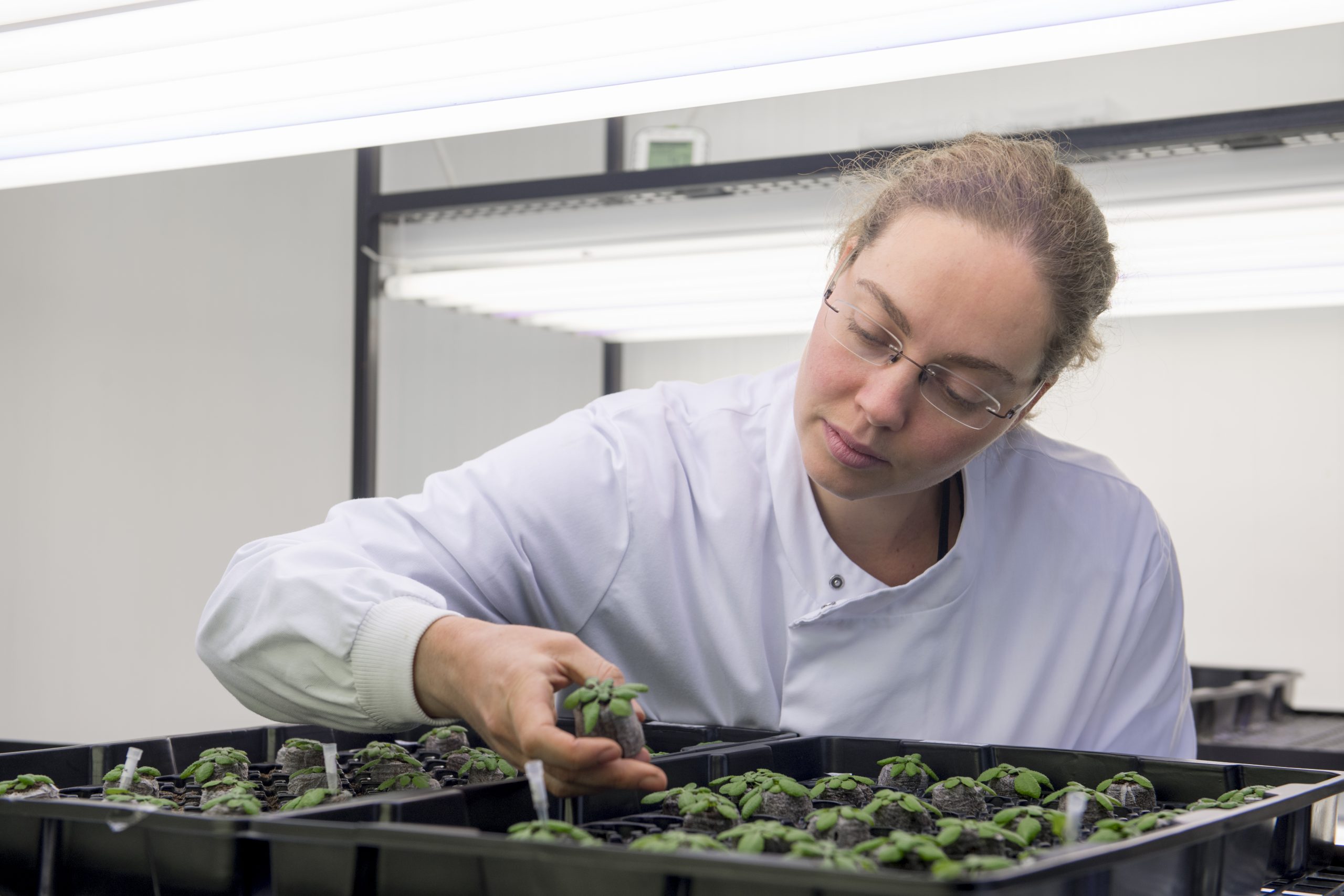
November 19, 2020, by Andrew Edwards (Ed)
The real arsenate reductase stands up! – Is this the end of the HAC story?
Warning: this blog contains some hardcore plant science. Look away now if this is a bit much!
This blog celebrates the publication in the Journal of Experimental Botany of a new paper about arsenate reductase in plants. Dr. Sina Fischer of the Future Food Beacon is the first author on the study and performed much of the work, assisted by a number of co-authors. including Dr Paulina Flis who leads Prof. Salt’s Ionomics Facility. Prof. David E. Salt, Director of the Future Food Beacon, is the senior researcher on the study.
Entitled Targeted expression of the arsenate reductase HAC1 identifies cell type specificity of arsenic metabolism and transport in plant roots , this paper adds to a 20-year long debate within plant science. To better understand the story though, we must travel back in time to 2017, when Prof. Salt concisely summarised the debate in a Commentary in New Phytologist:
“Over the last two decades, a debate has been simmering within a group of plant biologists about the true identity of the enzyme that reduces arsenate to arsenite in plants. Would the real arsenate reductase please stand up? This debate was initiated with the release of the Arabidopsis thaliana genome allowing comparisons to be made between yeast and plants, progressed through the release of the rice genome……This has not been an inconsequential debate.
Inorganic arsenic is classified as a non-threshold class-1 human carcinogen. Further, its elevated level in rice (Oryza sativa) produced in Bangladesh, China, and India poses a real risk of cancer given the high consumption of rice typical of many southeast Asian countries. Rice products (such as baby food) and juices (such as apple and grape) can also contain inorganic arsenic…..” – New Phytologist (2017) 215: 926–928

The debate came full circle between 2000-2014. Prof. Salt picks up the story from there:
“…….Chao et al. (2014) made a breakthrough…..they were able to identify a new type of arsenate reductase and called it High Arsenic Concentration 1 (HAC1)………..What is now emerging is a picture in which various HAC arsenate reductases have overlapping function in the different cell types of the rice root ……. given that there are at least a further eight uncharacterized HACs in rice, several of which are highly expressed in nodes and leaves (Xu et al.), this is clearly not the end of the HAC story, but rather just the beginning.” – New Phytologist (2017) 215: 926–928
Prof. Salt’s final words were prophetic. Dr Fischer and her co-authors worked on the project for three years, including struggling through the Covid-19 pandemic. With the university shut to slow down the spread of the virus, all experiments had to be abandoned and much work was lost. However, when the laboratory reopened, the work continued and the authors were able to conduct further microscopy and growth experiments. They can now confidently conclude that:
“….(HAC1), an Arabidopsis thaliana arsenate reductase, plays a key role in arsenate [As(V)] tolerance………In conclusion, we describe cell-type specific functions of HAC1 that separate spatially the control of As(V) tolerance and As translocation….”
Armed with this knowledge of how plant roots cope with arsenic, researchers can proceed to develop new strains of plants with increased resistance to arsenic uptake. It is not difficult to see how this could lead to a great leap forward in the nutritional quality of a great many of the world’s food crops, starting with rice!

No comments yet, fill out a comment to be the first

Leave a Reply